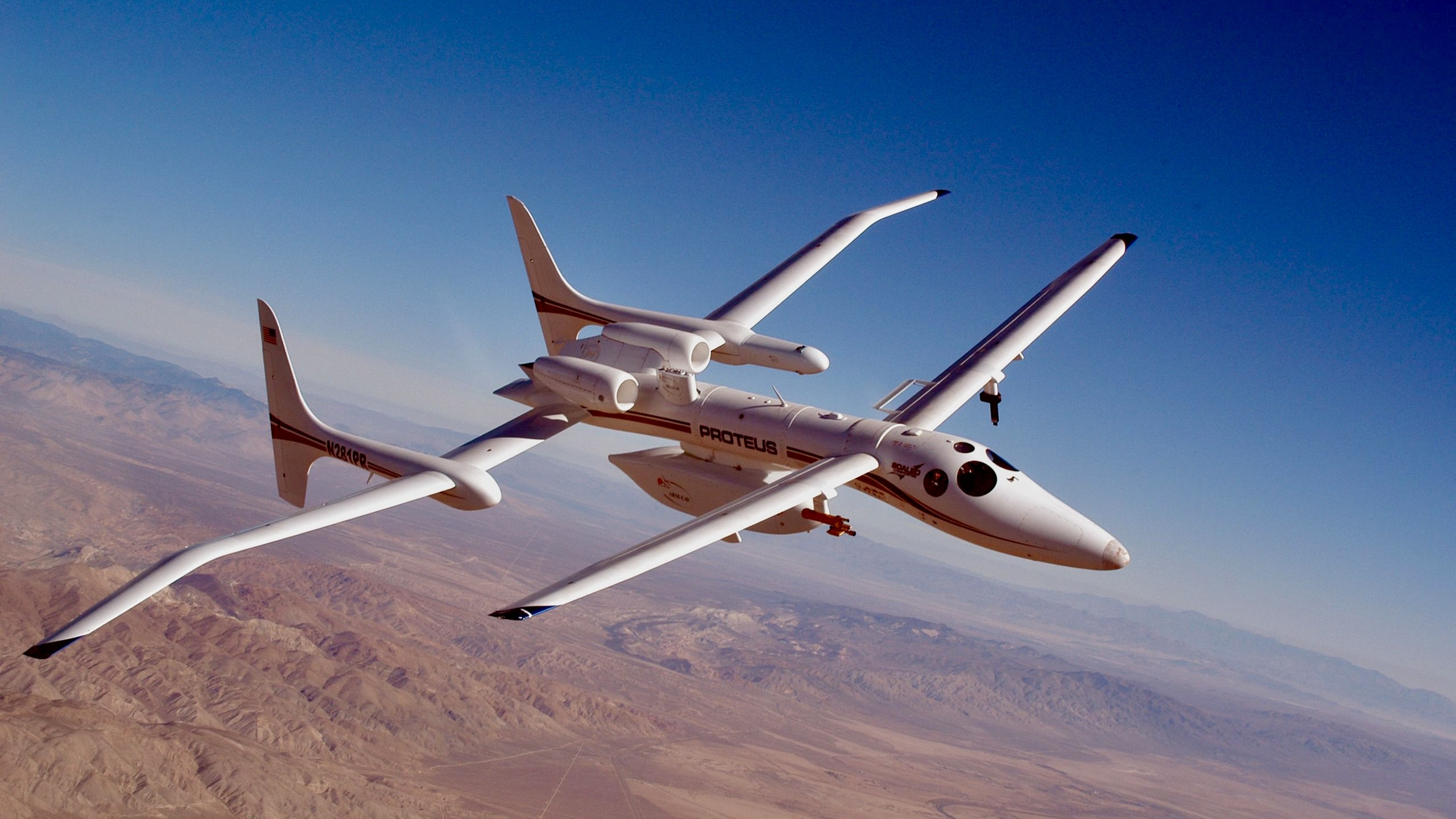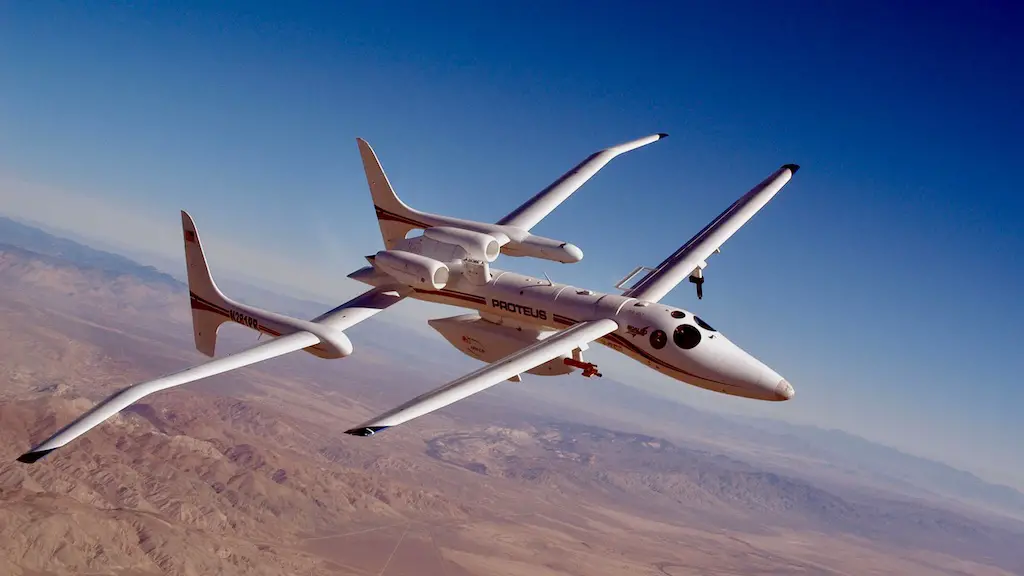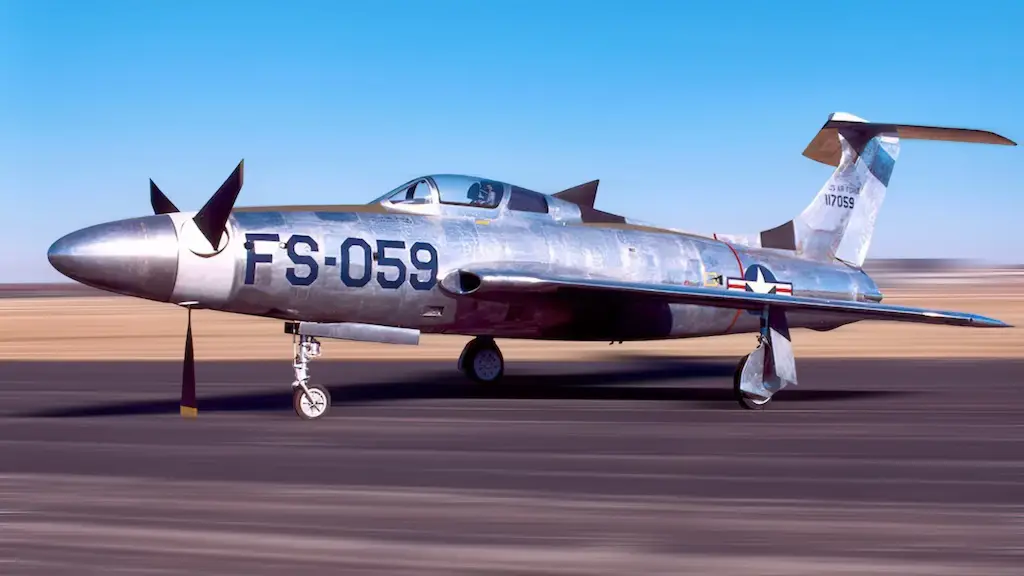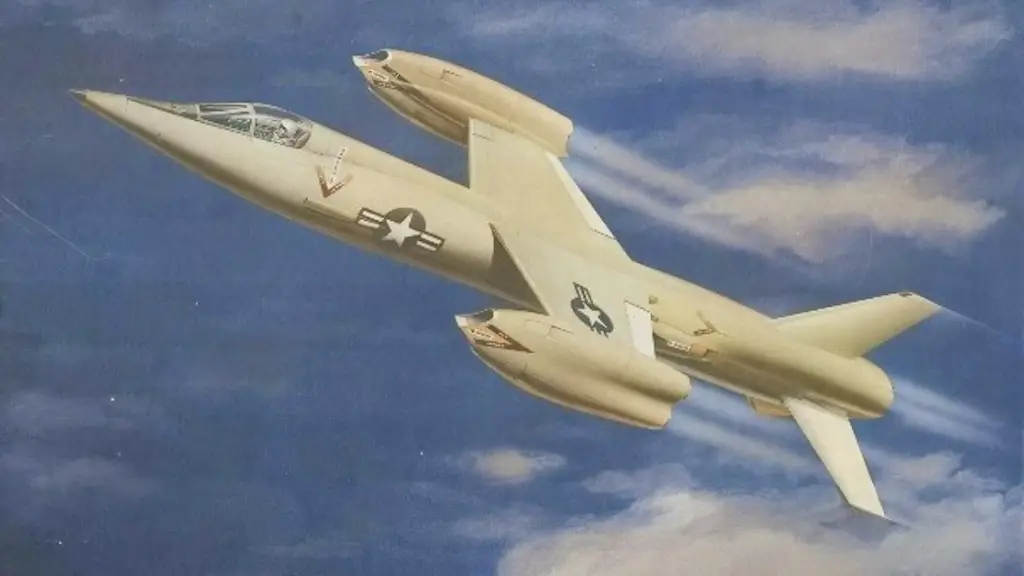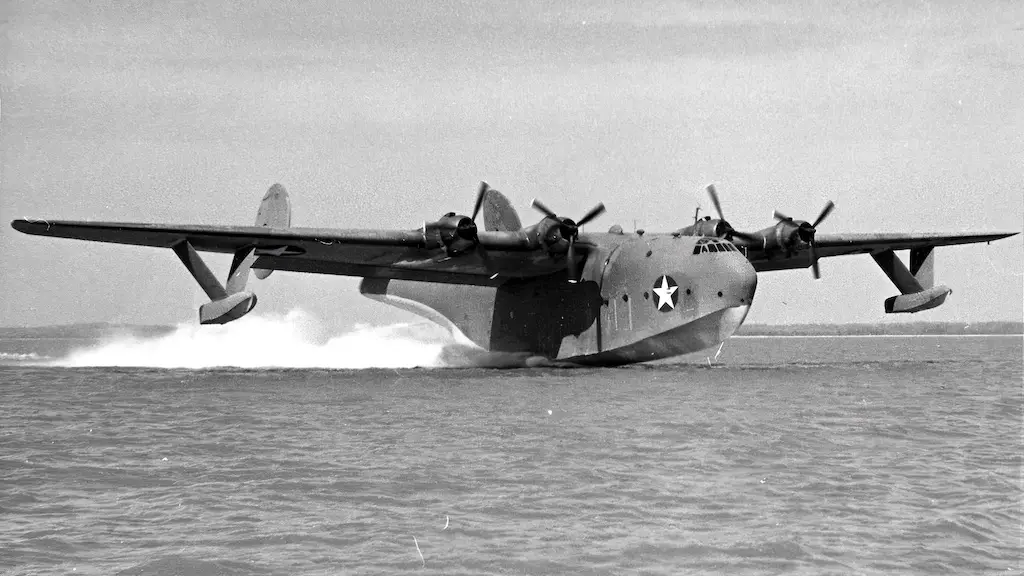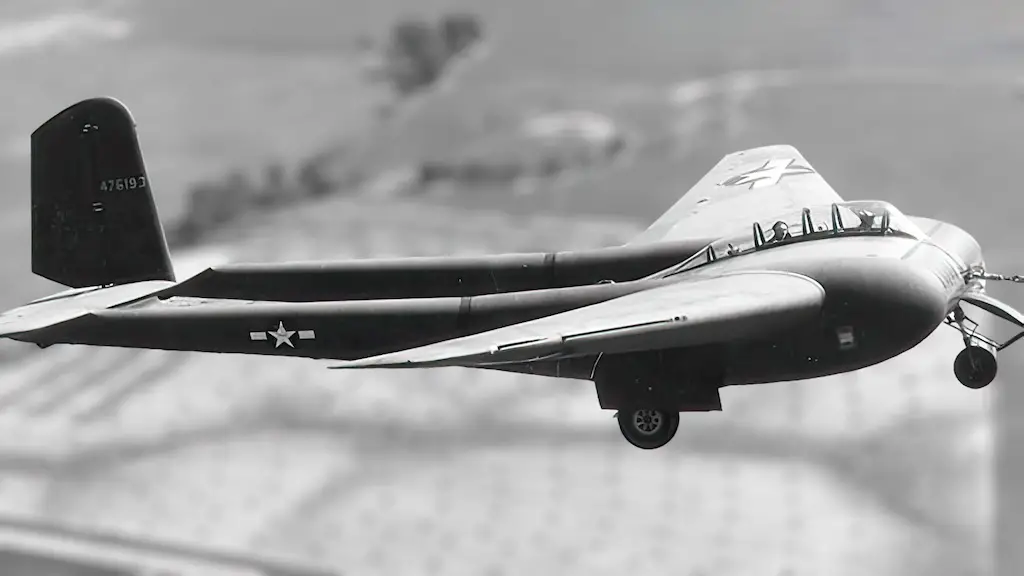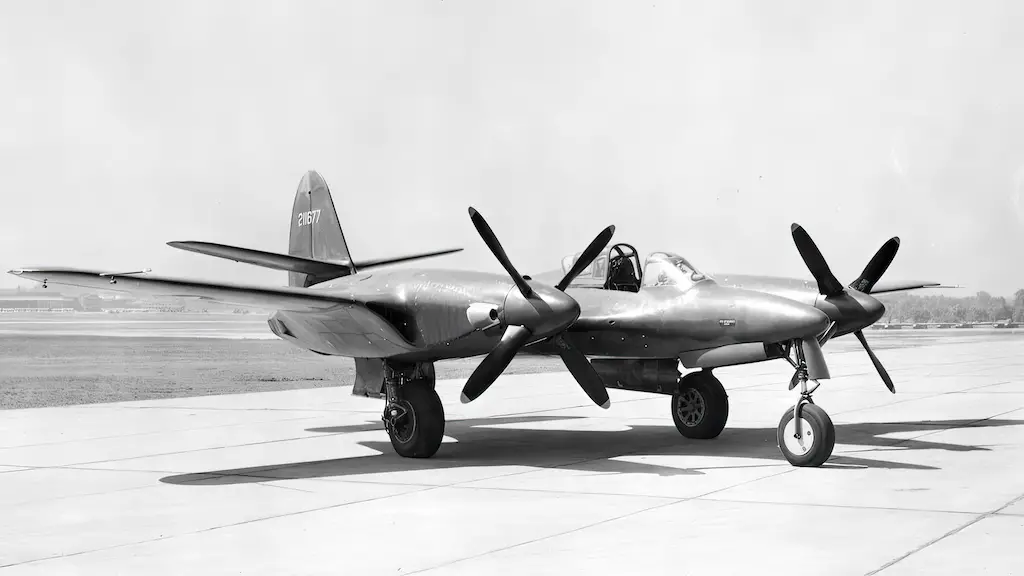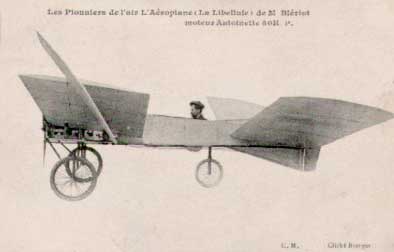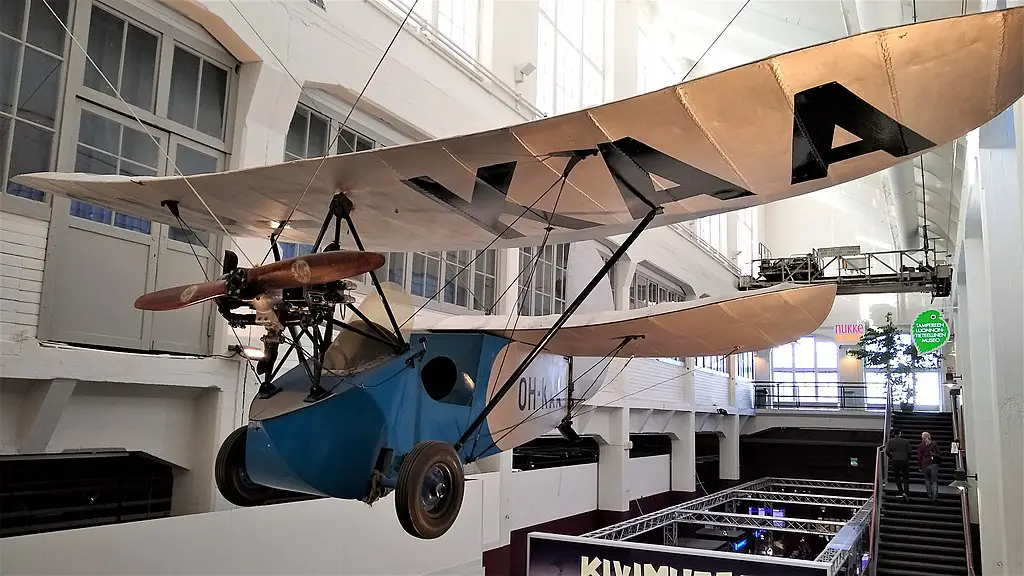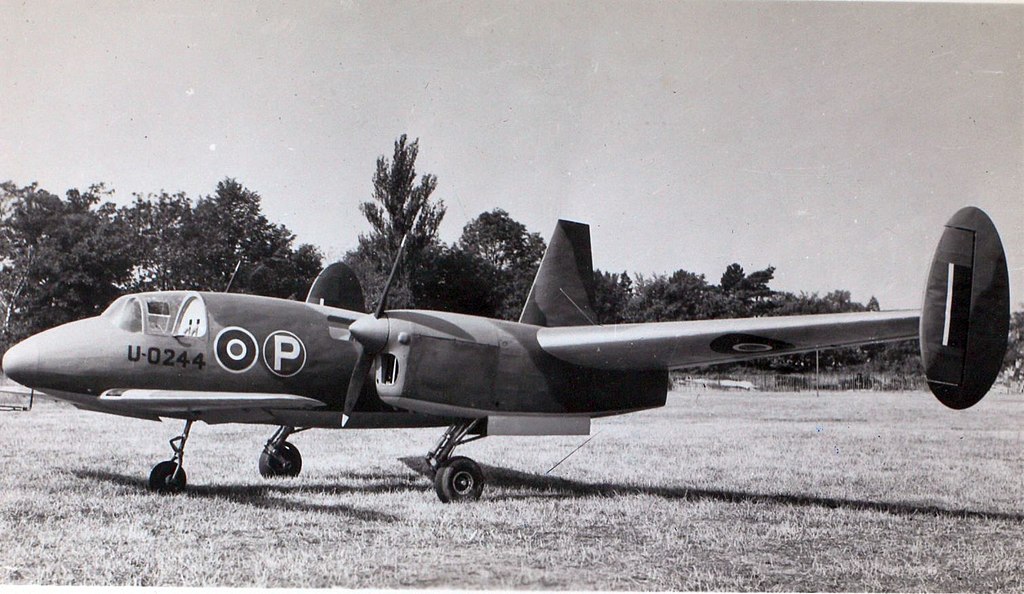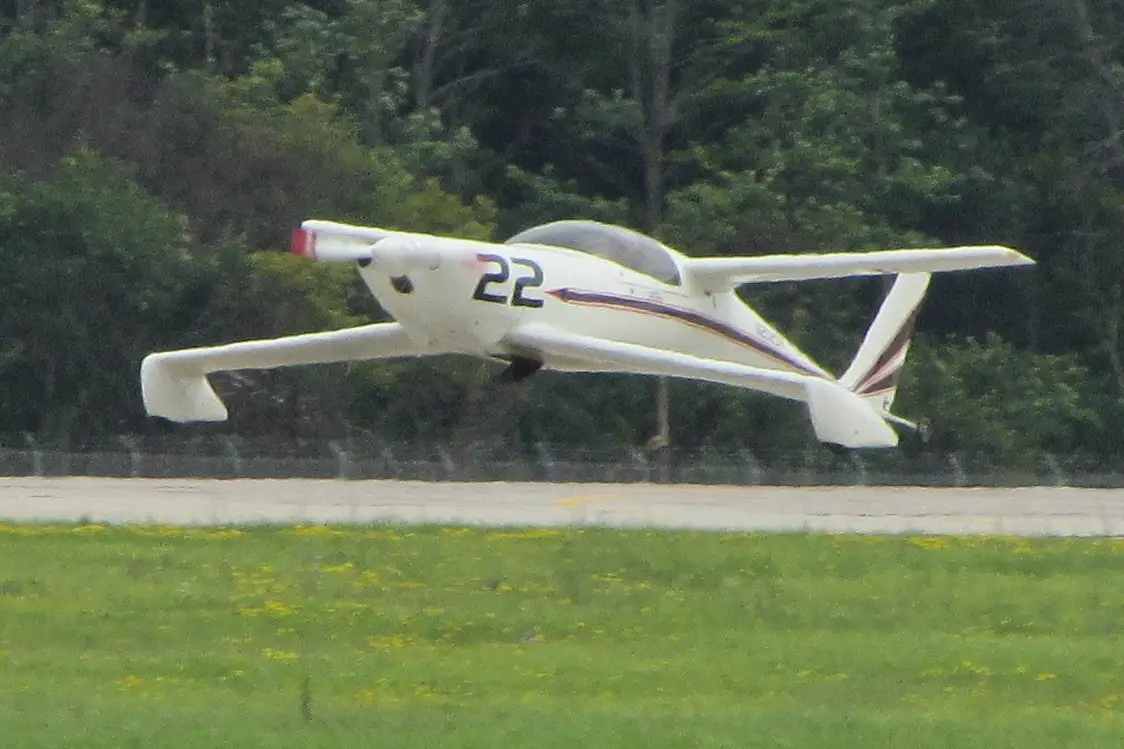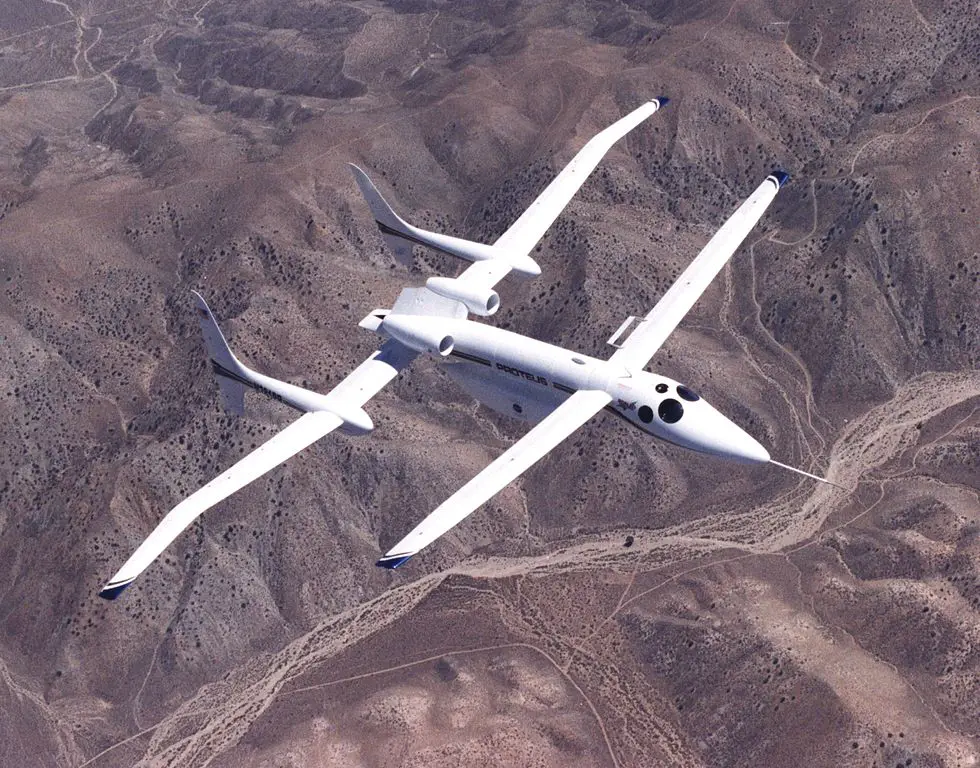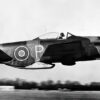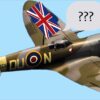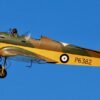Biplanes are not the only type of airplanes featuring two pairs of wings. There are also tandem-wing aircraft. Unlike biplanes, they have a second set of wings behind rather than above the first one. That second pair of wings often has the same size as the first one and is always placed rather far apart from the first.
The difference with more conventional aircraft’s tailplane or canards used solely for stability and maneuvering is that both sets of a tandem-wing aircraft’s horizontal surfaces are fully engaged in generating lift. While such configuration has its own challenges, it also provides significant advantages, such as increased lift and stability. Here are some spectacular examples of this rare layout.
Blériot VI
The first tandem-wing aircraft that actually made a successful powered flight was made by Louis Blériot in 1907. His Blériot VI “Libellule” featuring two pairs of identical wings with a total area of 215 sq ft could reach breathtaking altitudes of about 80 ft and flew as far as 600 ft, which was the longest distance flown by an airplane in France at the time. Yet, the plane was not very easy to handle and once almost cost Blériot his life. Unsurprisingly, he soon abandoned this tandem-wing pioneer to design more advanced aircraft.
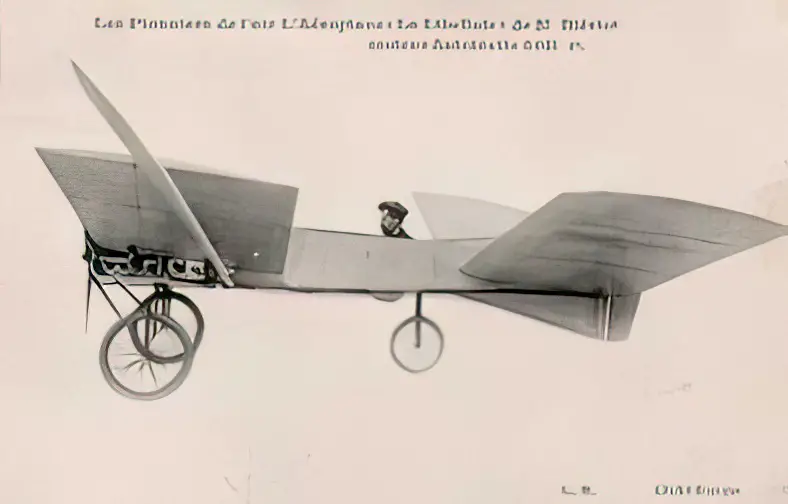
The Flying Flea
The first really popular tandem-wing design also originated in France. In 1933, Henry Mignet built his HM.14 Flying Flea. It was a very simple machine powered by a motorcycle engine and controlled by a single lever. It had neither a tailplane, nor elevators, nor ailerons. As Mignet intended it to be a ubiquitous DIY aircraft, he published the plans and building instructions in a book. The plan worked and aircraft enthusiasts have built hundreds of Flying Fleas ever since. While some early variants suffered from fatal accidents caused by loss of pitch-up control in a shallow dive, Mignet later made improvements to the design, largely mitigating the problem.
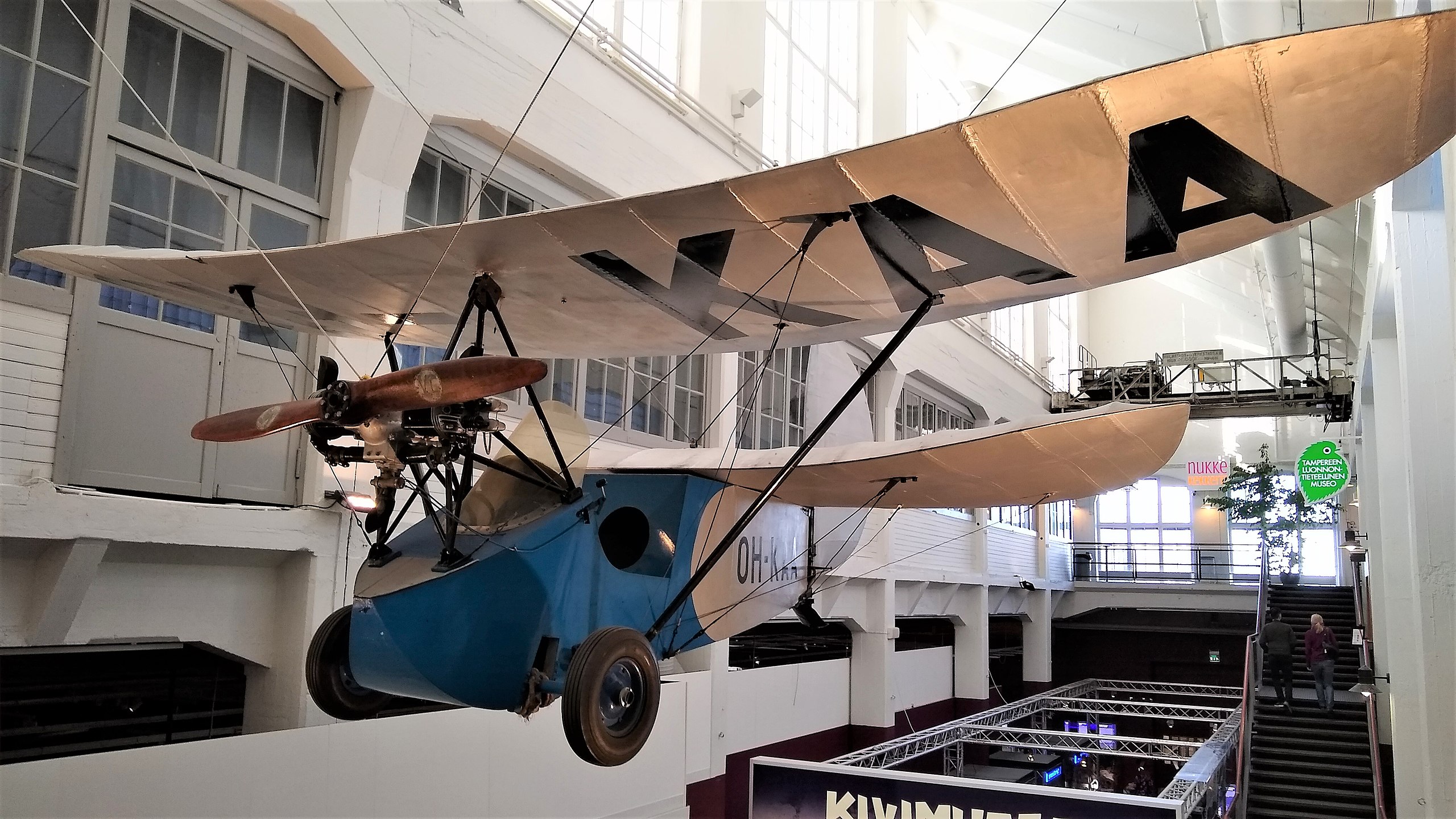
M.39B Libellula
The tandem-wing layout didn’t attract just lone inventors and aircraft enthusiasts. In 1943 Miles Aircraft, which by then was an established company manufacturing trainer aircraft in hundreds, designed the M.39B Libellula. Just like Blériot’s machine, it was named after the Libellulidae, the largest dragonfly family in the world. However, unlike Blériot’s or Mignet’s flimsy self-made airplanes, the M.39 was intended as a solid, no-nonsense warplane. Miles built and flew a twin-engine five-eighths scale model, which proved to be aerodynamically stable. Alas, this project never moved beyond the prototype stage.
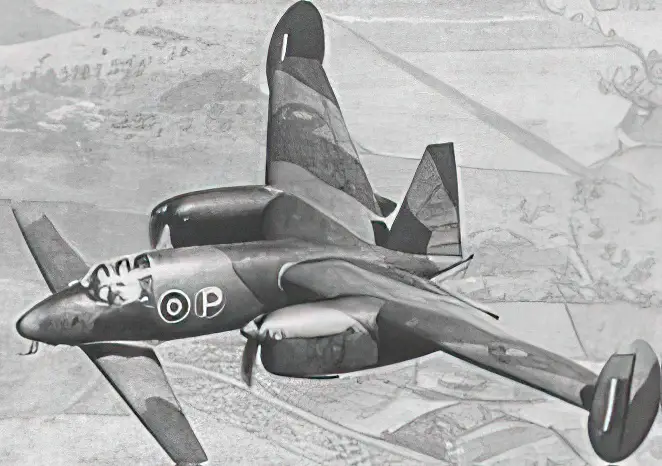
Rutan Quickie
In 1977, American engineer and entrepreneur Burt Rutan designed a simple tandem-wing kit-plane which got the name Rutan Quickie. This aircraft featuring a combination of an anhedral forward wing and dihedral rear wing of almost same size and a main landing gear uniquely placed at the tips of the forward wing was a commercial success with hundreds of kits sold throughout the late 1970s. The Quickie Aircraft Corporation founded in 1978 went on to develop Q-2 and Q-200 aircraft featuring the same layout, selling about 2,000 more kits.
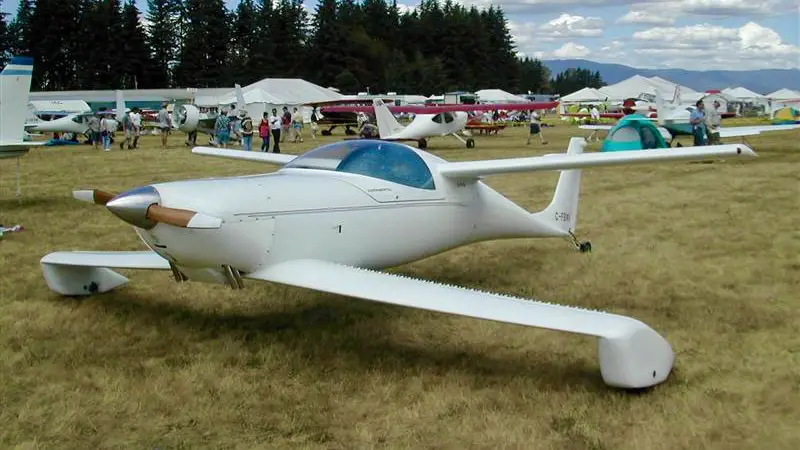
Scaled Composites Proteus
Two decades after designing the Quickie, Burt Rutan embarked on a more ambitious tandem-wing project. He built an aircraft featuring an all-composite airframe with two sets of wings spanning up to 92 ft with removable wingtips installed. The aircraft named Scaled Composites Model 281 Proteus made its first flight in July 1998 and has since established several world altitude records and flown many research missions, including in cooperation with NASA. Designed as a long-duration telecommunications relay platform, it can cruise at altitudes of up to 63,000 ft for up to 18 hours.
